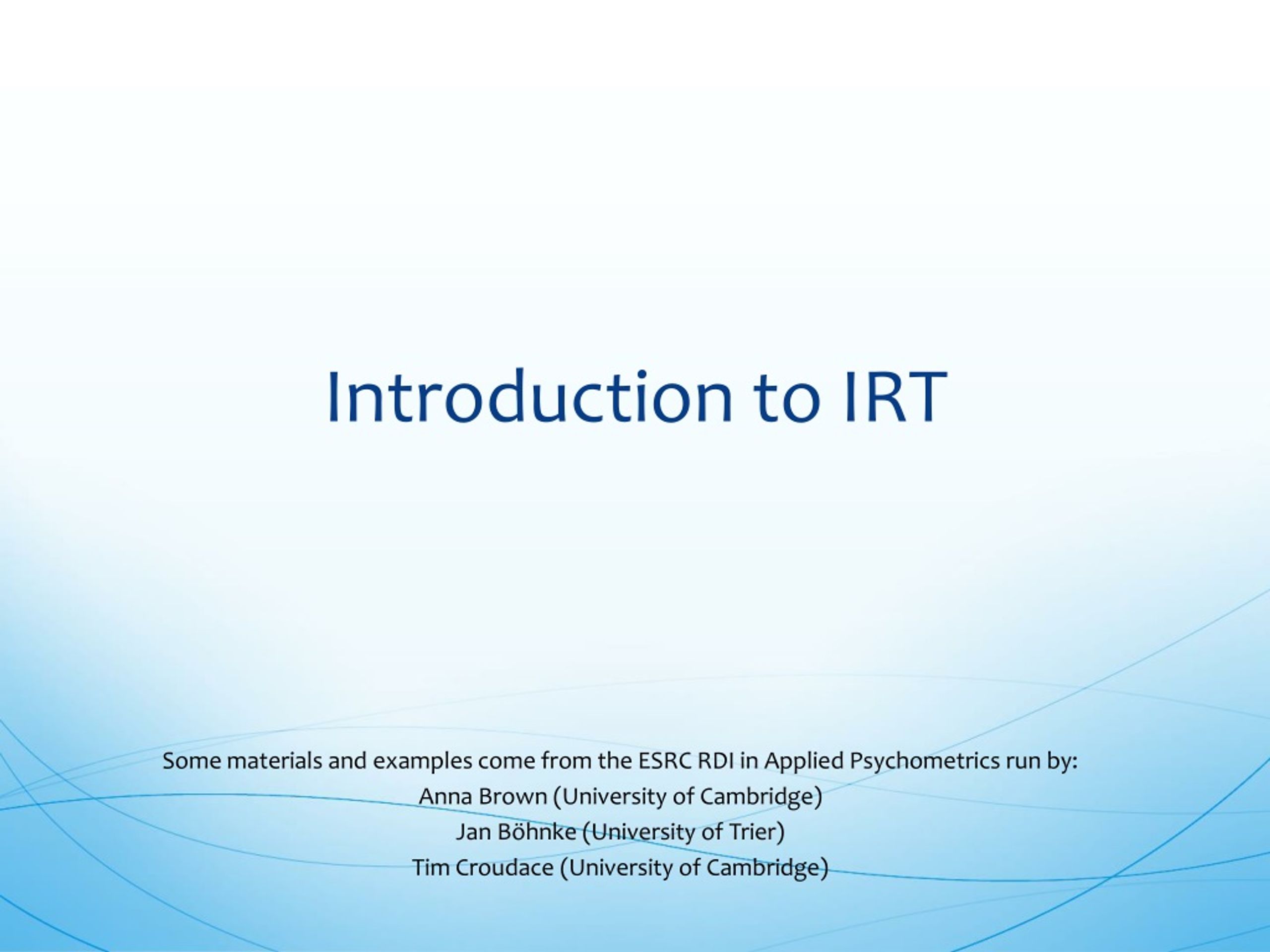
Suburban districts' average enrollment is about 3,000, while town districts average 2,000 students. The district is by far the state's largest, with over 78,000 students in the 2016-17 school year. In Wisconsin's urban districts, the average student enrollment is 15,800, though that number drops to 11,900 if Milwaukee Public Schools is not included. Census Bureau's American Community Survey. The map shows Wisconsin's school age population by district based on data from the U.S. The remaining student population are almost equally distributed between town districts at 22 percent and rural districts at 19 percent. Overall, 31 percent of total students are in urban districts, and 28 percent are in suburban districts. However, when it comes to the overall number of children, almost 60 percent of all Wisconsin public school students attend urban and suburban districts due to higher population density. Most school districts in the state are classified as either town at 22 percent or rural at 55 percent. Meanwhile, New Berlin is categorized as rural district instead of as town or suburban because of its location with respect to Milwaukee, causing it to be considered outside an urban cluster.īy these definitions, 4 percent of the school districts in Wisconsin are urban, while 19 percent are suburban. It is categorized as a suburban district because of its proximity to the Chicago metro area. Kenosha is a suburban district despite being fourth largest city in the state. Some examples of distinct categories may not fit what one thinks of a specific location. This map shows all school district's location categories for the state. Finally, urban districts are located inside a principal city at the heart of a metropolitan area.


Districts in the town category are located in places with a densely settled area with a population of less than 50,000, while suburban districts are outside a principal city but inside an urbanized area. Rural districts are defined as being at least 5 miles from even a small urbanized area.

Rurality of a school districtĭetermining exactly which school districts are rural and which are not can be challenging because rurality is a multidimensional concept that is defined by economic activity, population density, commuting patterns, distances to cities, access to services and other demographic measures.Ī classification system developed by the National Center of Education Statistics assigns school districts to four categories based on the population of the area and their distance from an urbanized area. Because enrollment is declining more dramatically in rural districts, this funding structure puts a higher burden of support on residents of those areas and places their schools at risk of underfunding. State funds are largely based on school district enrollment, while property taxes go directly to local districts. In Wisconsin's contemporary policy environment, school revenue is directly linked to two primary sources - state funding and property taxes. In Wisconsin, a desire for quality education and the costs of making such an investment has led to a funding system that can vary significantly by where a school is located. Since that time, the mechanisms through which schools are funded have become considerably more complex. Public education has been a cornerstone of American life since the formation of the first schools in the early 1600s.


 0 kommentar(er)
0 kommentar(er)
